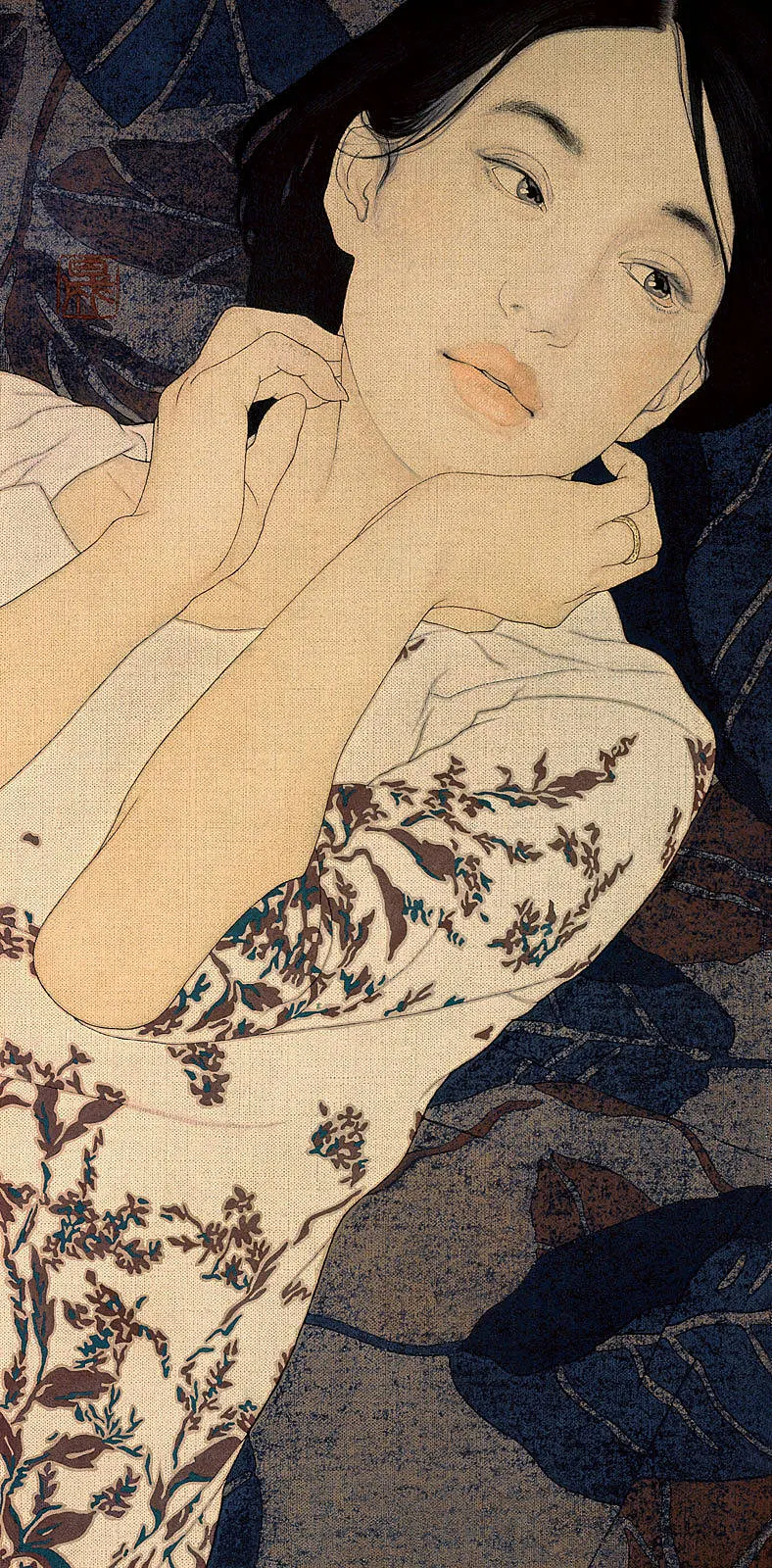Home » Tutti i post

Manet e l'Impressionismo
Manet viene giustamente inserito nella genealogia dell'Impressionismo.
Egli, infatti, fu l'artefice di una pittura priva di forti variazioni chiaroscurali, e più sensibile al contrasto ed alle armonie fra i colori piuttosto che alla definizione dei volumi: queste peculiarità, se da un lato furono accolte molto freddamente da molti, dall'altro giocarono un ruolo fondamentale nell'affermazione della pittura impressionista, animata da artisti come Monet, Pissarro, Renoir, Sisley, Cézanne, Bazille ed altri.

Maria Zeldis | Figurative painter
Born in Ukraine, Maria Fedotova-Zeldis (1955-2018) was trained as a professional pianist, and sharing the love for the plastic arts with her twin sister.
She spent her whole childhood in Kyiv, and in the early 1990s, she and her husband moved to Mexico, where she lived and worked in a symphony orchestra.
A self-taught painter, Maria Zeldis is very talented.
.jpg)
Caravaggio | Life and works
Arrogant, rebellious and a murderer, Caravàggio's short and tempestuous life matched the drama of his works. Characterised by their dramatic, almost theatrical lighting, Caravàggio's paintings were controversial, popular, and hugely influential on succeeding generations of painters all over Europe.
Born Michelangelo Merisi (1571-1610), Caravàggio is the name of the artist's home town in Lombardy in northern Italy.
In 1592, at the age of 21 he moved to Rome, Italy's artistic centre and an irresistible magnet for young artists keen to study its classical buildings and famous works of art. The first few years were a struggle. He specialised in still lifes of fruits and flowers, and later, half length figures (as in 'The Boy bitten by a Lizard') which he sold on the street.
.jpg)
.jpg)
Ikenaga Yasunari, 1965 | The modern muses
Japanese painter🎨 Ikenaga Yasunari's [池永康晟] serene and soothing portraits of modern women evoke a dreamy nostalgia through their faded golden hues and elegant floating poses.
Using a Menso brush, mineral pigments, and soot ink on linen cloth, Yasunari continues the ancient tradition of Nihonga painting while simultaneously bringing modern elements to play, such as present-day clothing styles and floral textile designs.
The result is both beautiful and melancholy, capturing the timelessness of the Nihonga style as well as its dimming presence through the years.
Iscriviti a:
Commenti (Atom)

.jpg)
.jpg)


.jpg)